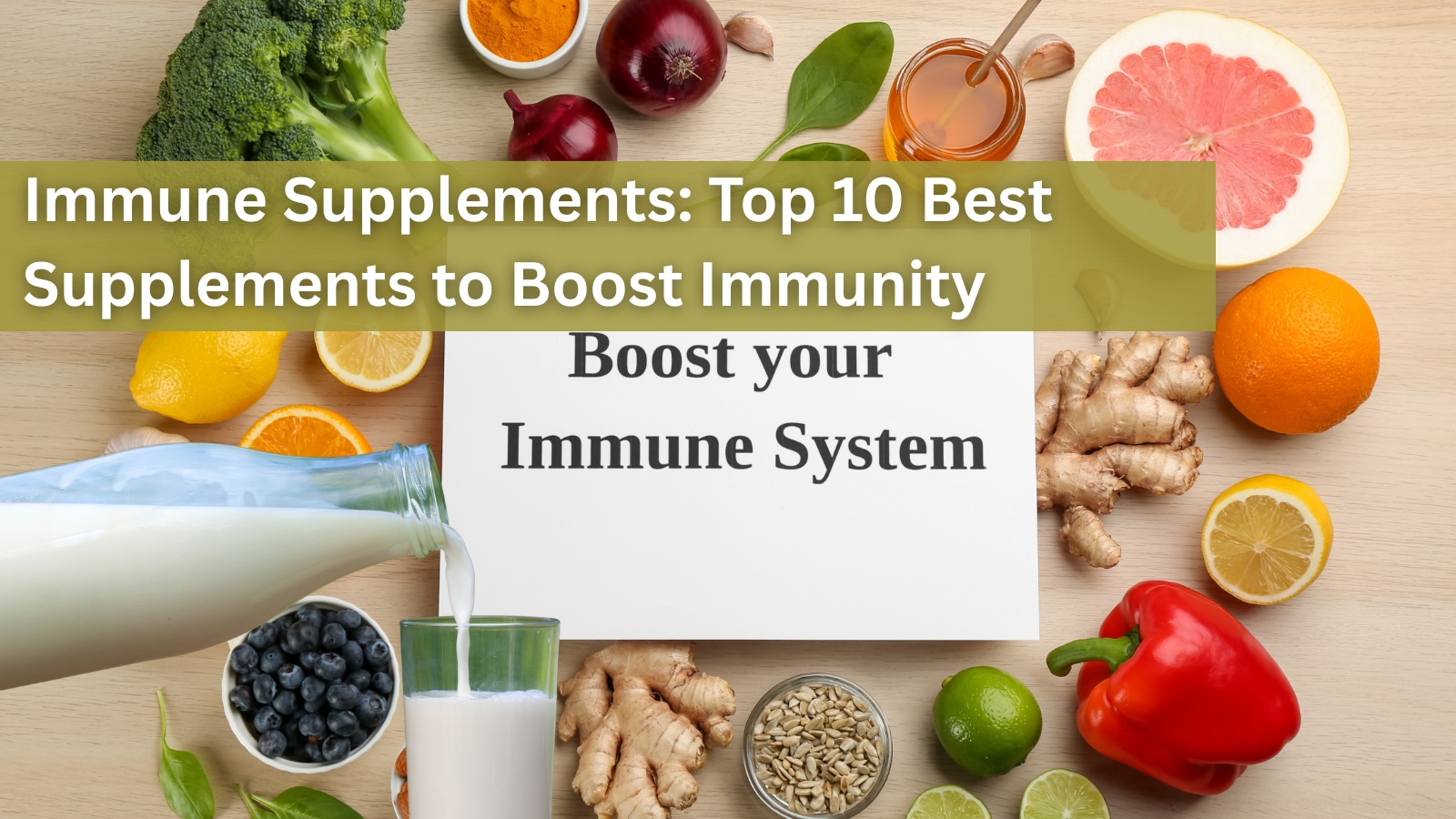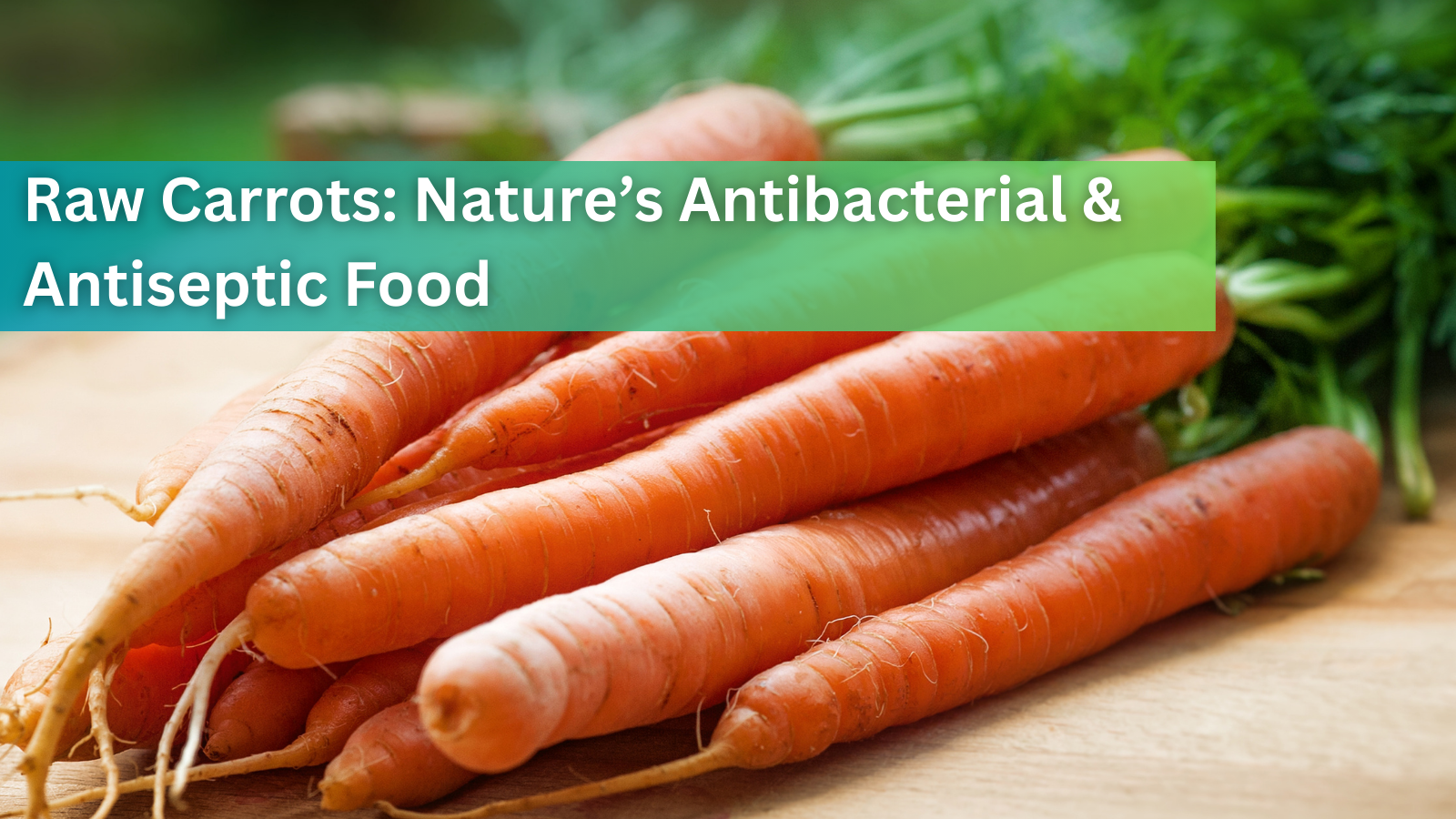Your Candy Cravings Might Be Controlled by This Gut Bacterium

Craving a candy bar at 3 PM? It turns out your gut might be fueling that sweet tooth. Recent studies involving both mice and humans reveal a fascinating link between a specific gut bacterium and your body’s regulation of sugar cravings, all thanks to a hormone called GLP-1 (glucagon-like peptide-1).
This new discovery sheds light on how our gut microbiome—the trillions of bacteria living in our digestive system—may have a direct influence on our eating habits and choices. Here’s what you need to know about this sweet connection.
What is GLP-1 and Why Does It Matter?

Before we get into the bacteria’s role, it’s important to understand GLP-1. This hormone is produced in the gut and plays a major part in regulating blood sugar levels and appetite. After eating, GLP-1 is released to signal your brain that you’re full and also to stimulate insulin release to manage sugar levels.
Essentially, GLP-1 helps your body maintain balance, preventing overeating or blood sugar spikes. The exciting part? GLP-1 is linked to gut bacteria, which might explain why some of us have stronger candy cravings than others.
The Microbial Link to Sugar Cravings
Researchers have zeroed in on a gut bacterium called Akkermansia muciniphila. Known for its role in gut health, this microbe appears to stimulate the production of GLP-1.
Here’s how it works:
- Akkermansia muciniphila breaks down intestinal mucus, creating byproducts that may encourage GLP-1 secretion.
- Higher levels of GLP-1 can curb your cravings, making you feel more satisfied and less inclined to reach for a sugary snack.
Mouse models in particular have shown that increasing certain gut bacteria can lead to spikes in GLP-1 production and reduced appetite for sugary foods. While human studies are still in progress, early findings suggest similar links between the makeup of our gut microbiome and how we regulate cravings.
How the Gut Microbiome Influences Your Diet
Your gut microbiome varies from person to person, shaped by factors like diet, genetics, and environmental influences. For example, people who eat a diverse, fiber-rich diet often have a healthier variety of gut bacteria, including microbes like Akkermansia muciniphila.
But if your gut microbiome is off balance—possibly from a diet high in processed foods—this could reduce GLP-1 production, leaving you more prone to sugar cravings and overeating.
Additionally, the gut-brain axis, a communication network between the gastrointestinal tract and the brain, plays a role in how we perceive hunger and cravings. Certain gut bacteria may influence this system, effectively sending signals to the brain about what foods we “want” to eat.
Can You Change Your Gut for Fewer Cravings?
The good news? Your gut microbiome is not fixed—it can change based on your habits. Here are a few ways to potentially increase Akkermansia muciniphila and support healthy GLP-1 production:
- Eat Fiber-Rich Foods
A diet high in prebiotics, found in foods like garlic, onions, bananas, and whole grains, nourishes beneficial bacteria in your gut.
- Consume Polyphenol-Rich Foods
Polyphenols, which are antioxidants, feed Akkermansia muciniphila. Foods like berries, green tea, and dark chocolate are great sources.
- Try Probiotic Supplements
While research is ongoing, some supplements may help introduce beneficial bacteria like Akkermansia muciniphila into your gut.
- Add Healthy Fermented Foods
Foods like yogurt, kimchi, and kefir promote a thriving gut microbiome, which could naturally boost GLP-1 levels.
- Cut Back on Processed Sugar
High sugar intake can disrupt the balance of your gut microbiome, reducing levels of “good” bacteria over time.
What This Means for the Future of Nutrition
If these findings on Akkermansia muciniphila and GLP-1 hold true, it could pave the way for innovative gut-focused treatments to help manage not just candy cravings but broader health issues like obesity and diabetes.
Imagine using targeted probiotics or dietary interventions to adjust your gut environment and, as a result, make healthy eating feel natural rather than forced. We’re only scratching the surface of how intricate the connection between gut bacteria and behavior really is.
Final Thoughts
The phrase “trust your gut” just got a whole new meaning. Whether you’re looking to rein in your sweet tooth or simply enhance your overall wellness, paying attention to your gut health may be key.
By fostering a gut microbiome that thrives—through a balanced diet, fiber, and perhaps even targeted probiotic treatments—you might find that those candy cravings become much easier to resist.
Feeling inspired to learn more about how your gut shapes your life? Stay tuned as science continues to uncover more ways our microbiome impacts our health and well-being.
1 comment

September 27, 2025
Immune Supplements: Top 10 Best Supplements to Boost Immunity
Are you looking for effective ways to enhance your body’s natural defense? Immune supplements have become popular choices to support the immune system booster function, especially in times of increased illness risk. With so many products...
Read more
September 27, 2025
Cell Phone and WiFi Safety: How to Prevent and Treat EMF Damage and Electrosensitivity
Electrohypersensitivity (EHS), often called electrosensitivity, has been a polarizing and increasingly relevant issue over the past decade and a half. Since the number of people identifying with these symptoms continues to grow exponent...
Read more
September 27, 2025
Raw Carrots: Nature’s Antibacterial & Antiseptic Food
For most of us, carrots are simply a crunchy snack or a source of vitamin A. But according to researcher Ray Peat, PhD, raw carrots offer something more unusual: they act as a kind of natural antiseptic inside the gut, helping to contro...
Read more




Great information thank you.
Leave a comment